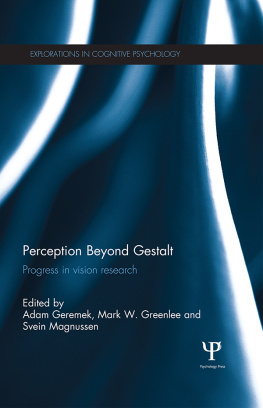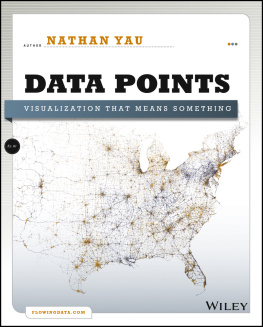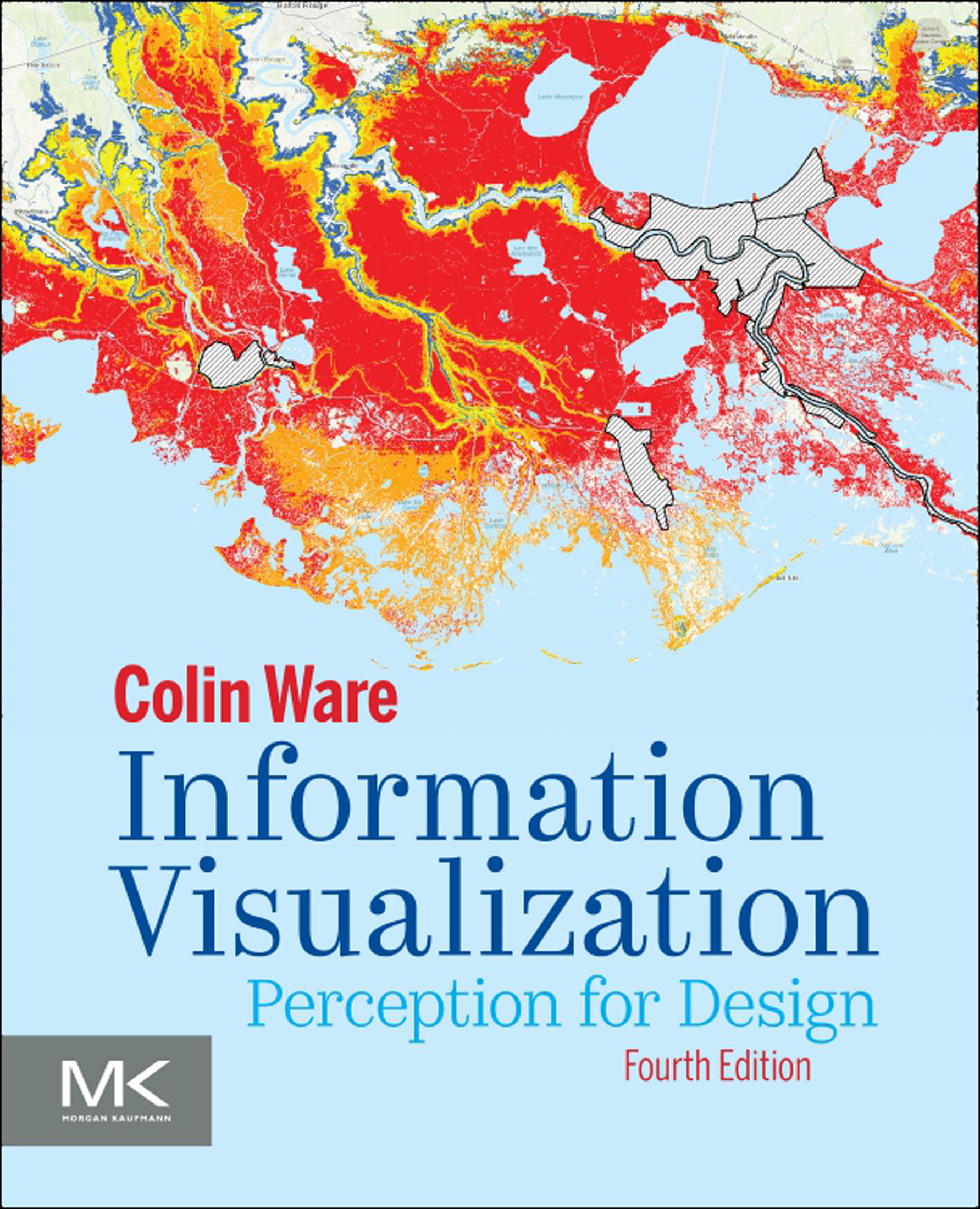Table of Contents
List of Figures
- Figures in Preface
- Figures in Chapter One
- Figures in Chapter Two
- Figures in Chapter Three
- Figures in Chapter Four
- Figures in Chapter Five
- Figures in Chapter Six
- Figures in Chapter Seven
- Figures in Chapter Eight
- Figures in Chapter Nine
- Figures in Chapter Ten
- Figures in Chapter Eleven
- Figures in Chapter Twelve
- Figures in Appendix B
List of Tables
- Tables in Chapter Two
- Tables in Chapter Three
- Tables in Chapter Four
- Tables in Chapter Five
- Tables in Chapter Eleven
- Tables in Chapter Twelve
Landmarks
Information Visualization
Perception for Design
Fourth Edition
Table of Contents
Copyright
Morgan Kaufmann is an imprint of Elsevier
50 Hampshire Street, 5th Floor, Cambridge, MA 02139, United States
Copyright 2021 Elsevier Inc. All rights reserved.
No part of this publication may be reproduced or transmitted in any form or by any means, electronic or mechanical, including photocopying, recording, or any information storage and retrieval system, without permission in writing from the Publisher. Details on how to seek permission, further information about the Publishers permissions policies and our arrangements with organizations such as the Copyright Clearance Center and the Copyright Licensing Agency, can be found at our website: www.elsevier.com/permissions.
This book and the individual contributions contained in it are protected under copyright by the Publisher (other than as may be noted herein).
Notices
Knowledge and best practice in this field are constantly changing. As new research and experience broaden our understanding, changes in research methods, professional practices, or medical treatment may become necessary.
Practitioners and researchers must always rely on their own experience and knowledge in evaluating and using any information, methods, compounds, or experiments described herein. In using such information or methods they should be mindful of their own safety and the safety of others, including parties for whom they have a professional responsibility.
To the fullest extent of the law, neither the Publisher nor the authors, contributors, or editors assume any liability for any injury and/or damage to persons or property as a matter of products liability, negligence or otherwise, or from any use or operation of any methods, products, instructions, or ideas contained in the material herein.
Library of Congress Control Number: 2019955462
ISBN: 978-0-12-812875-6
Content Strategist : Stephen Merken
Content Development Manager : Rebecca Gruliow
Content Development Specialist : Beth LoGiudice
Publishing Services Manager : Deepthi Unni
Project Manager : Janish Paul
Typeset by TNQ Technologies

Preface
Cognitive neuroscience has made rapid progress in the last few years. When this book first appeared in the year 2000, there was no unified model of how we think visually. In the intervening years, the theory of predictive cognition has appeared and it provides a new and much more solid foundation for the later chapters of this edition. The brain is now regarded as first and foremost as a prediction engine. For example, theories of how we predict the future and remember the past are now unified. To recall the past we construct a likely scenario for what might have happened using a few recalled fragments together with relevant aspects of our cognitive model of the world, we do not simply pull it out of a memory like a video replay; predicting the future uses the same mechanisms except that we construct a likely future scenario based on a knowledge of the present and the same cognitive model of the world. We remember in order to predict the future and that the neural mechanisms are the same. In addition, the idea that cognition occurs in a distributed fashion, combining brain function with cognitive tools, such as visualizations, is now mainstream. We are all cognitive cyborgs. The later chapters of Information Visualization: Perception for Design have been rewritten, reorganized, and extended to reflect this new understanding. is about the design of efficient thinking tools.
In addition to these major changes, the book has been revised and updated throughout to take recent research into account. In many cases the changes are small, the replacement of a figure or a brief description of a recent study. In other places, whole sections, such as one on narrative, have undergone major rewrites to take incorporate current thinking on the subject.
Now let me tell you how this book came about. In 1973, after I had completed my masters degree in the psychology of vision, I was frustrated with the overly focused academic way of studying perception. Inspired by the legacy of freedom that seemed to be in the air in the late 1960s and early 1970s, I decided to become an artist and explore perception in a very different way. But after three years with only very small success, I returned, chastened, to the academic fold, though with a broader outlook, a great respect for artists, and a growing interest in the relationship between the way we present information and the way we see. After obtaining a doctorate in the psychology of perception at the University of Toronto, I still did not know what to do next. I moved into computer science, via the University of Waterloo and another degree, and have been working on data visualization, in one way or another, ever since. In a way, this book is a direct result of my ongoing attempt to reconcile the scientific study of perception with the need to convey meaningful information. It is about art in the sense that form should follow function, and it is about science because the science of perception can tell us what kinds of patterns are most readily perceived.
Why should we be interested in visualization? Because the human visual system is a pattern seeker of enormous power and subtlety. The eye and the visual cortex of the brain form a massively parallel processor that provides the highest bandwidth channel into human cognitive centers. At higher levels of processing, perception and cognition are closely interrelated, which is the reason why the words understanding and seeing are synonymous. However, the visual system has its own rules. We can easily see patterns presented in certain ways, but if they are presented in other ways they become invisible. Thus, for example, the word goggle , shown in the accompanying figure, is much more visible in the version shown at the bottom than in the one at the top. This is despite the fact that identical parts of the letters are visible in each case and in the lower figure there is more irrelevant noise than in the upper figure. The rule that applies here, apparently, is that when the missing pieces are interpreted as foreground objects then continuity between the background letter fragments is easier to infer. The more general point is that when data is presented in certain ways the patterns can be readily perceived. If we can understand how perception works, our knowledge can be translated into guidelines for displaying information. Following perception-based rules, we can present our data in such a way that the important and informative patterns stand out. If we disobey these rules, our data will be incomprehensible or misleading.











